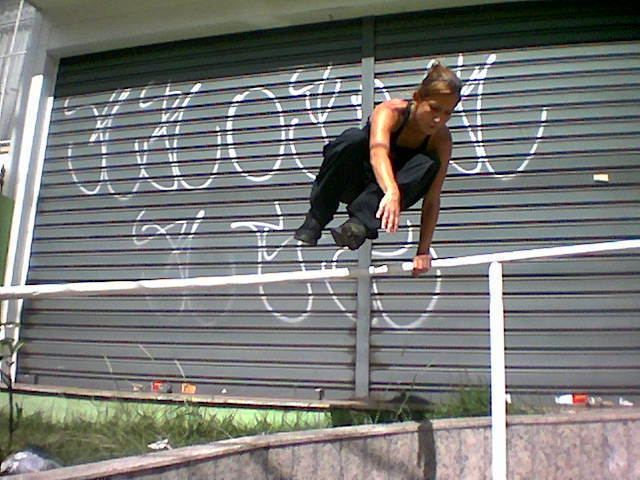 | ||
In various urban activities, a vault is any type of movement that involves overcoming an obstacle by jumping, leaping, climbing or diving over an obstacle while using their feet, hands or not touching it at all. Although Parkour doesn't involve the idea of set movements, traceurs use similar ways of moving to quickly and efficiently pass over obstacles.
Contents
Basic vaults
Freerunning Vaults
Many vaults are used for style rather than speed and efficiency as in Parkour
Combination of vaults
References
Vault (urban movement) Wikipedia(Text) CC BY-SA
